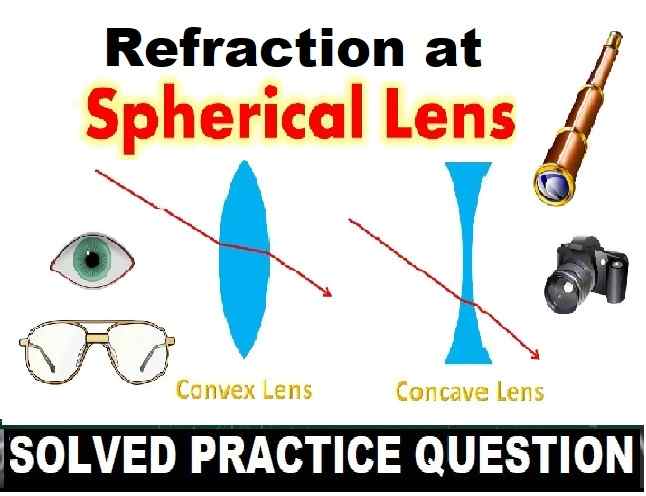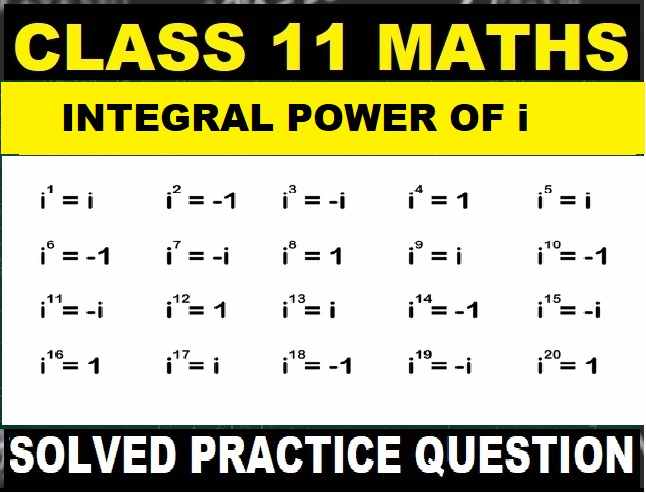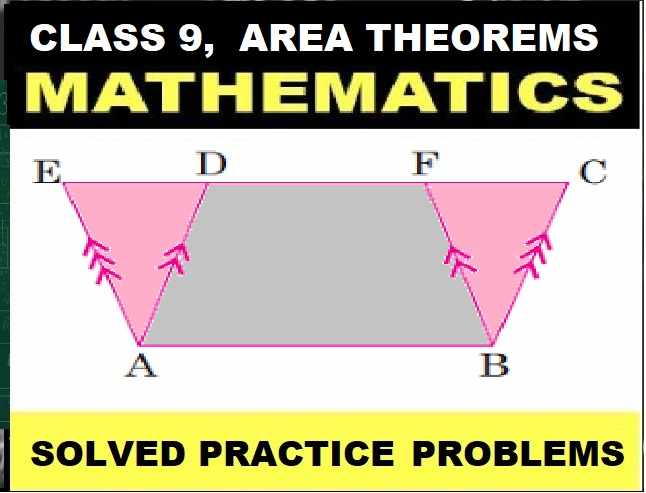Magnetic Field and Magnetic Lines of Force Class-6th Goyal Brothers Physics Solutions Chapter-6, Unit 3. We Provide Step by Step Answers of Objective, True/False, Correct/incorrect, Fill in the blanks, Match the following , Study Questions of Chapter-6, (Magnetism), Unit-3 (Magnetic Field and Magnetic Lines of Force). Visit official Website CISCE for detail information about ICSE Board Class-6.
Magnetic Field and Magnetic Lines of Force Class-6th Goyal Brothers Physics Solutions Chapter-6 (Unit-3)
| Board | ICSE |
| Class | 6th |
| Subject | Physics |
| Book Name | Goyal Brothers |
| Theme-6 | Magnetism |
| Unit-3 | Magnetic Field and Magnetic Lines of Force |
| Topic | Solution of exercise questions |
| Session | 2023-24 |
OBJECTIVE TYPES QUESTIONS
Magnetic Field and Magnetic Lines of Force Class-6th Goyal Brothers Physics Solutions Chapter-6 (Unit-3)
Que: A. Fill in the blank spaces by choosing the correct words from the list given below:
List: south pole, horse shoe, magnetic field, magnetic needle, curve
1. The space around a magnet where its influence can be detected is called __magnetic field__ .
2. The close continuous __curve__ in a magnetic field is called a magnetic lines of force.
3. The magnetic north pole of the earth is towards the geographic __south pole__.
4. The power of attraction of a __horse shoe__.
5. A device used by the sailors to find the direction in which their ship is moving is called __magnetic needle__.
Que: B. Statements given below are incorrect. Write the correct statements:
Question: 1. The magnetic field around a bar magnet is directed from south pole a toward north pole.
Answer: The magnetic field around a bar magnet is directed from north pole toward south pole.
Question: 2. Earth’s magnetic strength is weakest near the geographical poles.
Answer: Earth’s magnetic strength is strongest near the geographical poles.
Question: 3. The magnetic south pole of the earth is near the geographic south pole.
Answer: Earth’s magnetic south pole is actually near the geographic north Pole.
Question: 4. The strength of a magnet is strongest in the middle and weakest at its ends.
Answer: The strength of a magnet is weaker in the middle and stronger at its ends.
Question: 5. The magnetic lines of force around a bar magnet mutually attract each other.
Answer: The magnetic lines of force around a bar magnet do not mutually attract each other.
Que: C. State whether the following statements are true or false:
| Statements | True/False |
| 1. Unlike poles of a magnet repel each other. | F |
| 2. Magnetic south pole of the earth is towards geographic north. | T |
| 3. A tracing needle is used by the sailor for navigation. | F |
| 4. The strength of magnetic field around a bar magnet decrease with the increase in distance from it. | T |
| 5. The magnetic lines of force around a very weak magnet are not close continuous curves. | F |
Que: D. Tick (√) the most appropriate answer:
1. Magnetic south pole of the earth is situated near:
(a) geographic south pole
(b) geographic north pole
(c) geographic east
(d) geographic west
Answer: option (a) geographic south pole is correct.
2. Magnetic lines of force around a bar magnet :
(a) are closed continuous curves
(b) travel from north to south outside the magnet
(c) bend around the length of magnet
(d) all the above
Answer: option (d) all the above is correct.
3. The magnetic compass is placed in a circular:
(a) iron case
(b) stainless steel case
(c) aluminium case
(d) nickel case
Answer: option (b) stainless steel case is correct.
4. For plotting a magnetic field around a bar magnet, the device used is
(a) magnetic needle
(b) magnetic compass
(c) tracing needle
(d) none of these
Answer: option (b) magnetic compass is correct.
5. Magnetic lines of force can pass through:
(a) only magnetic substances
(b) only non-magnetic substance
(c) both (a) and (b)
(d) none of the above
Answer: option (c) both (a) and (b) is correct.
Que: E. Match the statements in Column A, with those in Column B:
| Column A | Column B |
| 1. A magnet in which its poles are close to each other. | (a) Magnetic line of force |
| 2. A closed continuous curve moving from north to south outside the magnet. | (b) Magnetic compass |
| 3. An area around magnet where its influence can be detected. | (c) Tracing compass |
| 4. A device used by sailors to find geographic direction. | (d) Horse-shoe magnet |
| 5. A very small freely suspended magnetic needle used for tracing the magnetic lines of force. | (e) Magnetic field |
Answer:
| Column A | Column B |
| 1. A magnet in which its poles are close to each other. | (a) Horse-shoe magnet |
| 2. A closed continuous curve moving from north to south outside the magnet. | (b) Magnetic field |
| 3. An area around magnet where its influence can be detected. | (c) Magnetic line of force |
| 4. A device used by sailors to find geographic direction. | (d) Magnetic compass |
| 5. A very small freely suspended magnetic needle used for tracing the magnetic lines of force. | (e) Tracing compass |
STUDY QUESTIONS
Magnetic Field and Magnetic Lines of Force Class-6th Goyal Brothers Physics Solutions Chapter-6 (Unit-3)
Question: 1. State any four properties of a bar magnet.
Answer: Four important properties of a bar magnet:
- A magnet attracts magnetic substances (like iron, steel, cobalt, nickel) towards itself.
- When a magnet is suspended freely, it points in north-south direction.
- Similar poles of magnets repel each other, opposite poles of magnets attract each other.
- When a magnet is broken, then each piece is a complete magnet.
Question: 2. What do you understand by the term magnetic field?
Answer: A magnetic field line is a continuous curve in a magnetic field such that tangent at any point of it gives the direction of the magnetic field at that point.
Question: 3. Define the magnetic lines of force.
Answer: Magnetic Field Lines are imaginary lines to represent magnetic field.
Question: 4. State four characteristics of the magnetic lines of force.
Answer: Characteristics of the magnetic lines of force:
- The magnetic field is specified by direction and magnitude.
- Magnetic lines of force start from the north pole and end at the south pole outside the magnet.
- Two magnetic lines of force cannot intersect each other.
- They are continuous along the axis and through the body of the magnet as well.
Question: 5. By drawing a neat diagram show magnetic field around (a) a bar magnet (b) a horse shoe magnet.
Answer:

Question: 6. (a) Draw a diagram showing clearly:
(i) the magnetic north and south poles of the earth
(ii) the geographic north and south poles of the earth
(iii) the magnetic field around the earth
Answer:

(b) Where is the earth’s magnetic field:
(i) strongest and (ii) weakest?
Answer: The magnetic field varies in strength over the earth’s surface. The Earth’s magnetic field is weakest at the equator and strongest at the poles.
Question: 7. (a) Why does a freely suspended magnetic needle points in geographic north-south direction?
Answer: A freely suspended magnet always points in the North-South direction even in the absence of any other magnet. This suggests that the Earth itself behaves as a magnet which causes a freely suspended magnet (or magnetic needle) to point always in a particular direction: North and South. The shape of the Earth’s magnetic field resembles that of a bar magnet of length one-fifth of the Earth’s diameter buried at its center.
The South Pole of the Earth’s magnet is in the geographical North because it attracts the North Pole of the suspended magnet and vice versa. Thus, there is a magnetic S-pole near the geographical North, and a magnetic N-pole near the geographical South. The positions of the Earth’s magnetic poles are not well defined on the globe; they are spread over an area. The axis of Earth’s magnet and the geographical axis do no coincide. The axis of the Earth’s magnetic field is inclined at an angle of about 15o with the geographical axis. Due to this a freely suspended magnet makes an angle of about 15o with the geographical axis and points only approximately in the North-South directions at a place. In other words, a freely suspended magnet does not show exact geographical South and North because the magnetic axis and geographical axis of the Earth do not coincide.
(b) Name the device and its use, which is based on the above phenomenon.
Answer: An electric generator works on the principle of electromagnetic induction.
Question: 8. Describe how will you trace a magnetic lines of force on a piece of paper for a bar magnet.
Answer: In the middle of paper draw a straight line along the length of paper. Place the bar magnet along the line and draw its boundary. Place the board in north-south direction. With the help of plotting compass, plot magnetic lines of force. The pattern of magnetic lines of force is obtained.
— : End of Magnetic Field and Magnetic Lines of Force ICSE Class-6 Goyal Brothers Physics Solutions Chapter-6 Unit-3:—
Return to- ICSE Class -6 Goyal Brothers Physics Solutions
Thanks
Please share with your friends if you find it useful



Hello